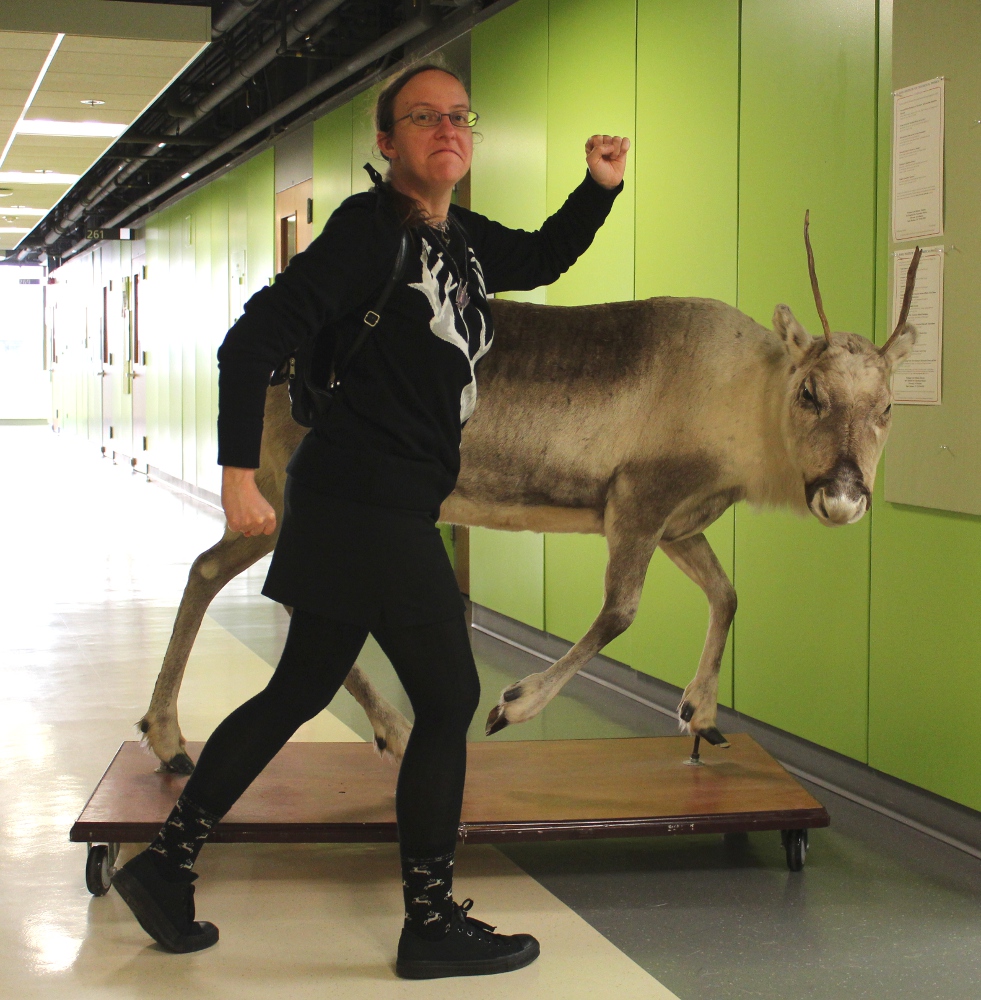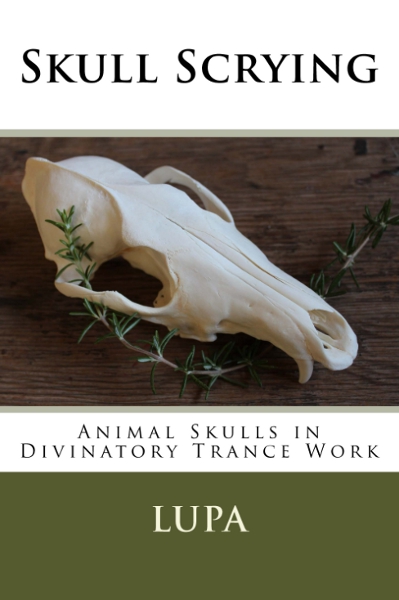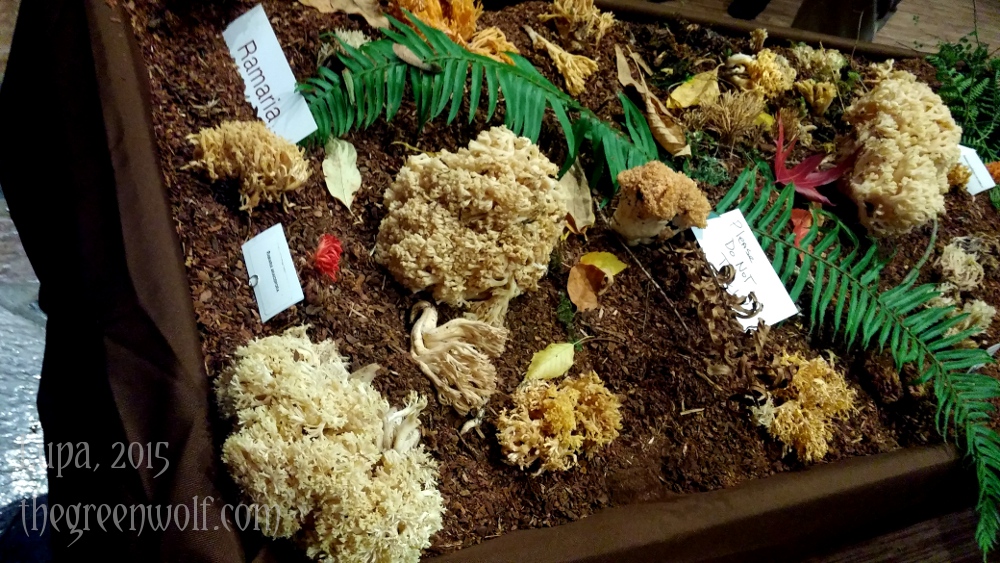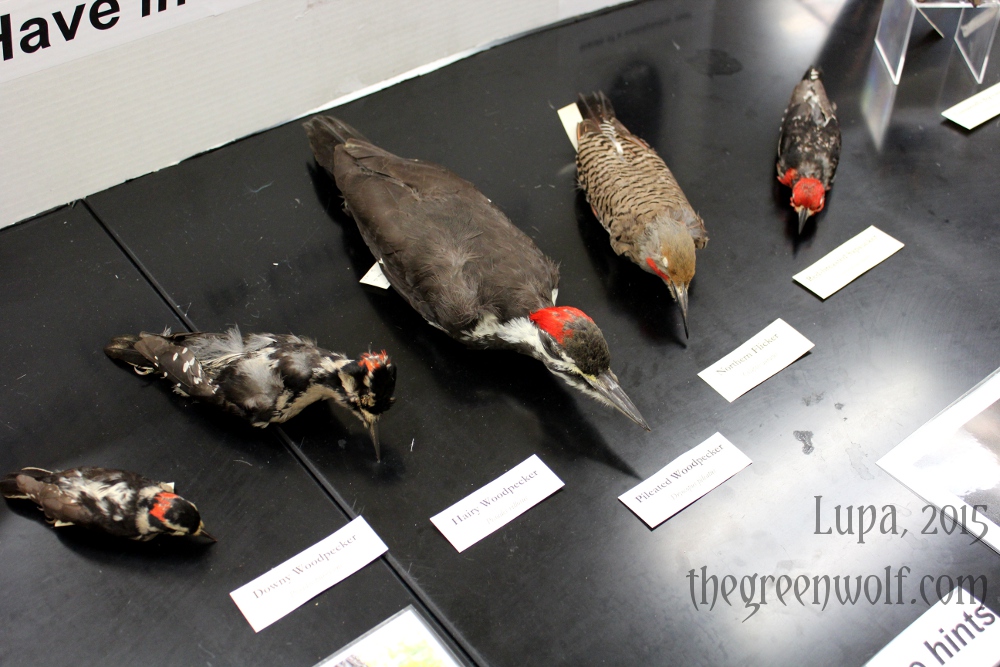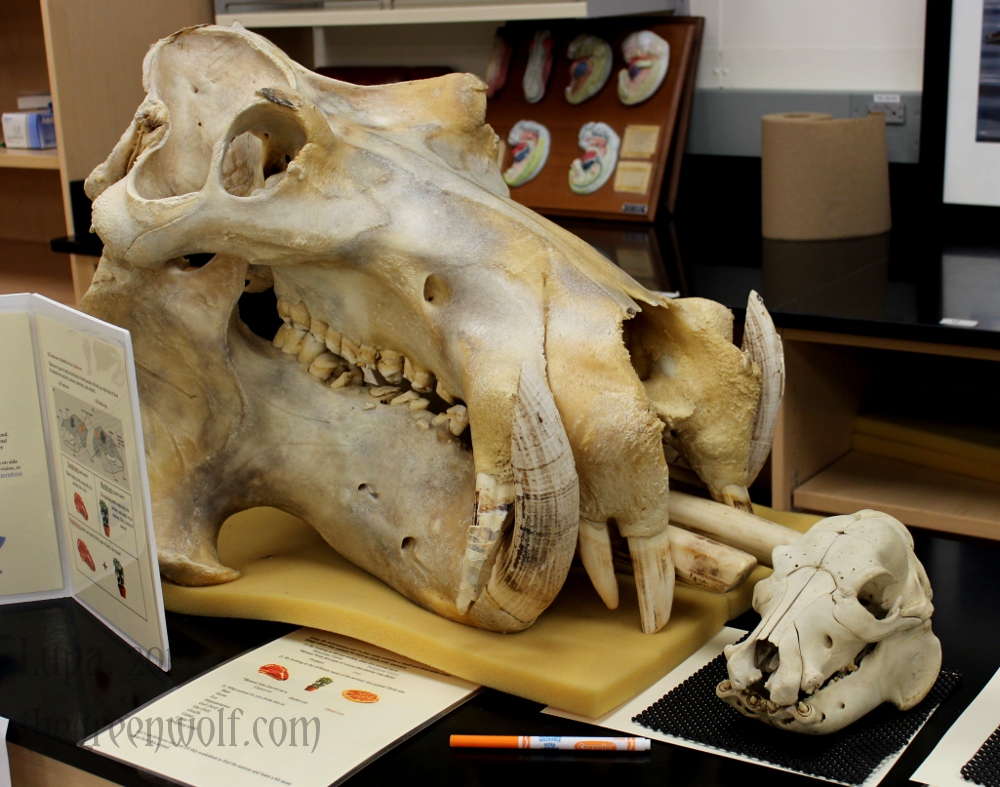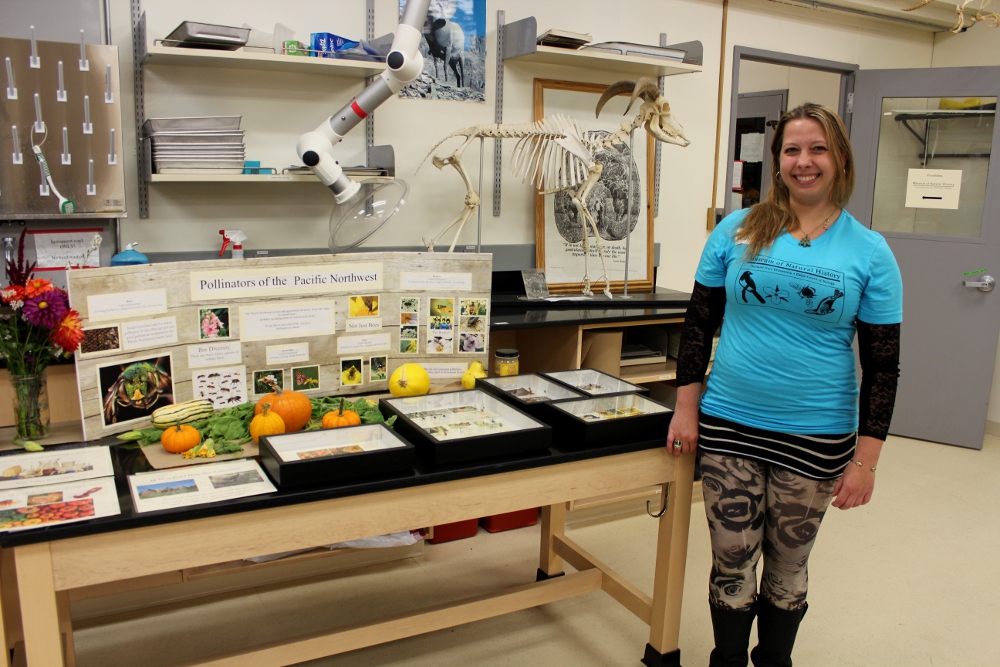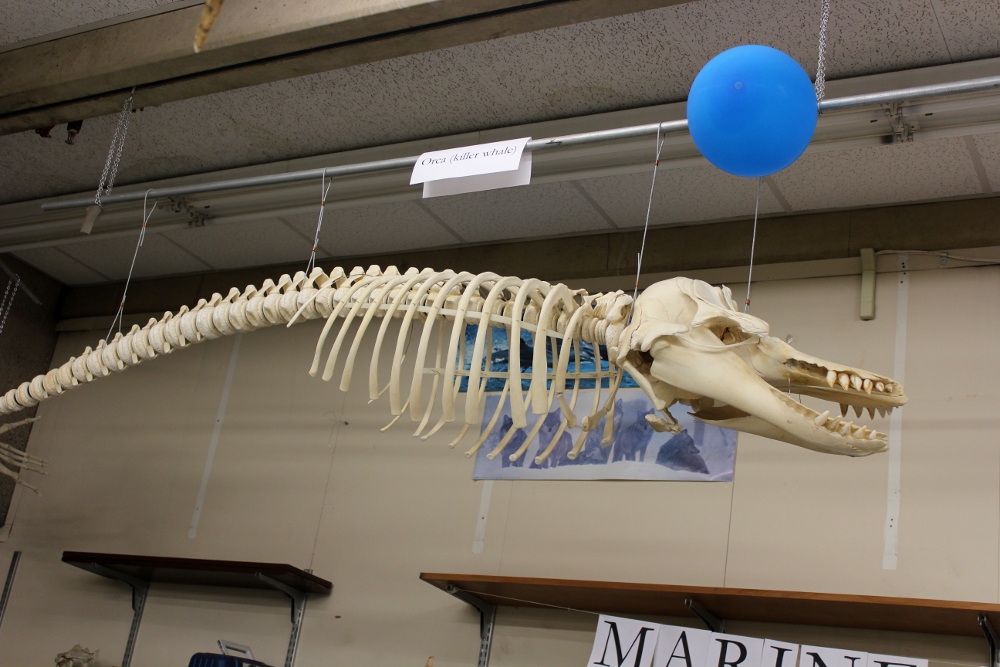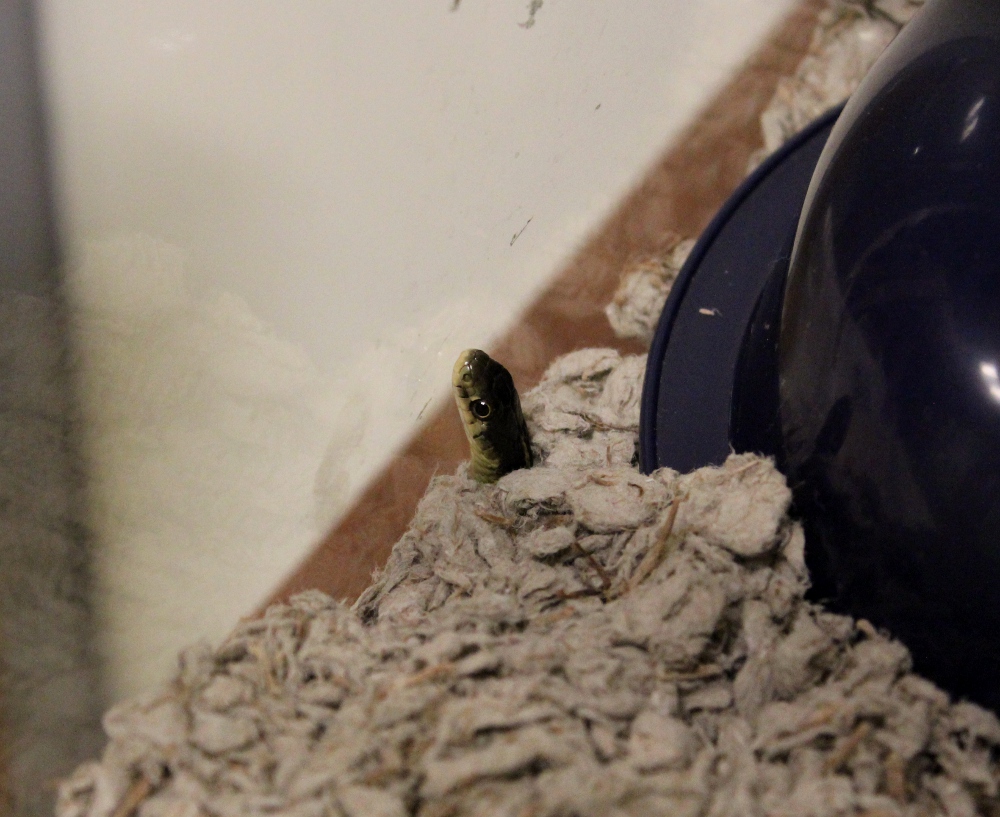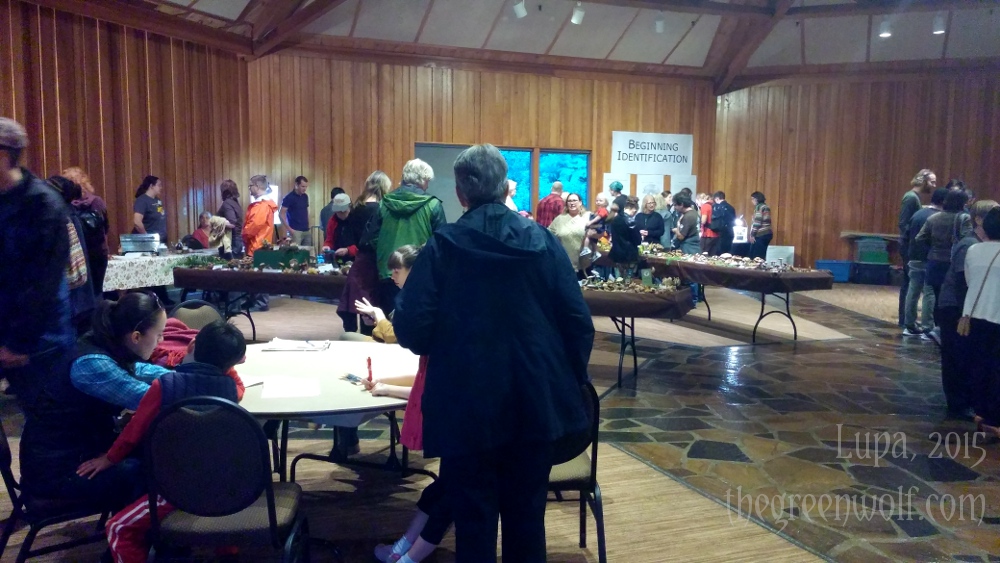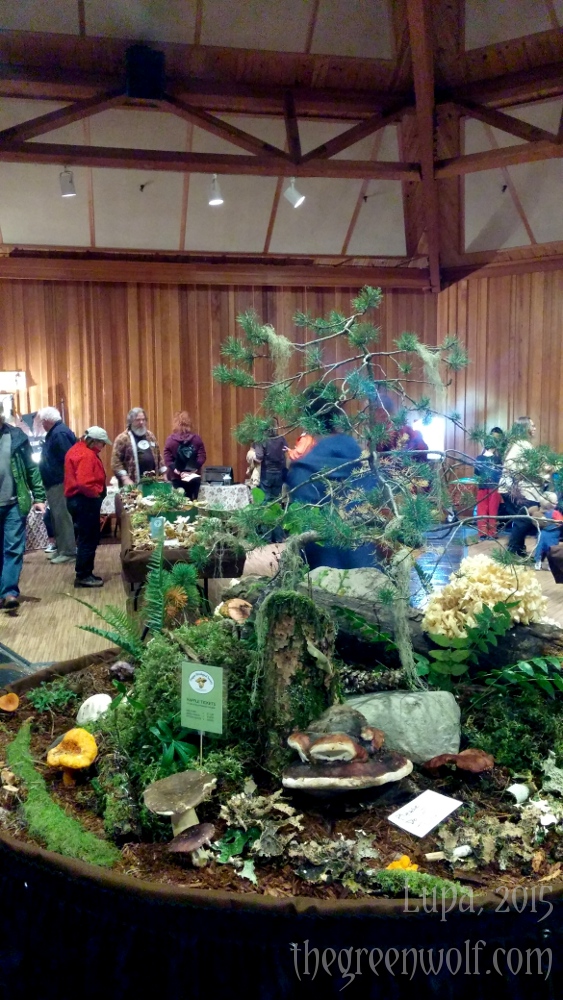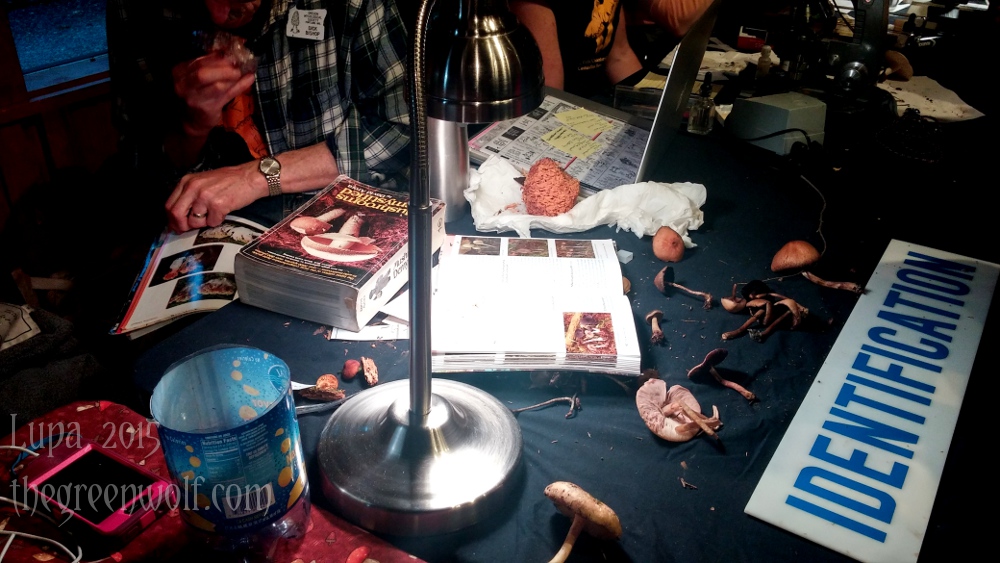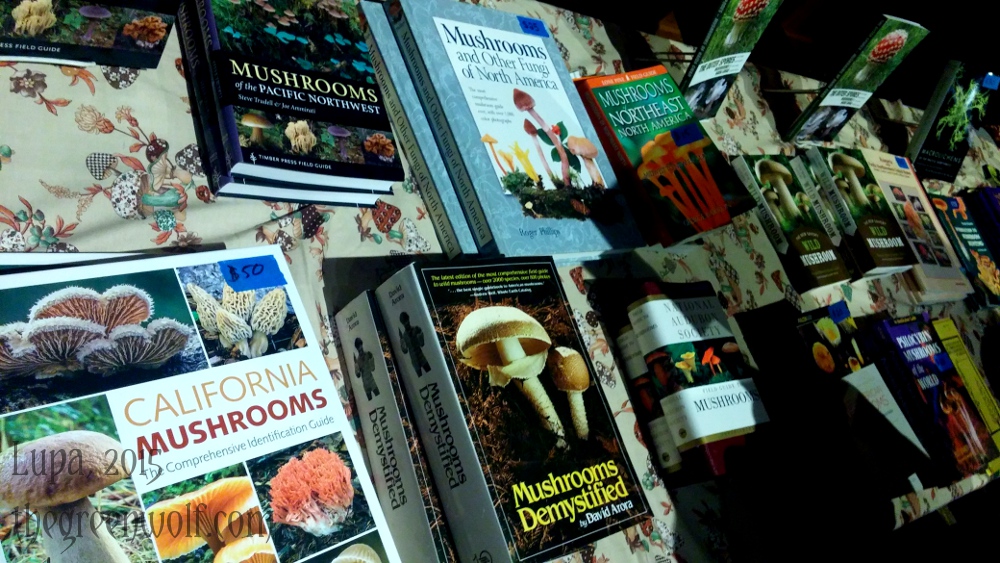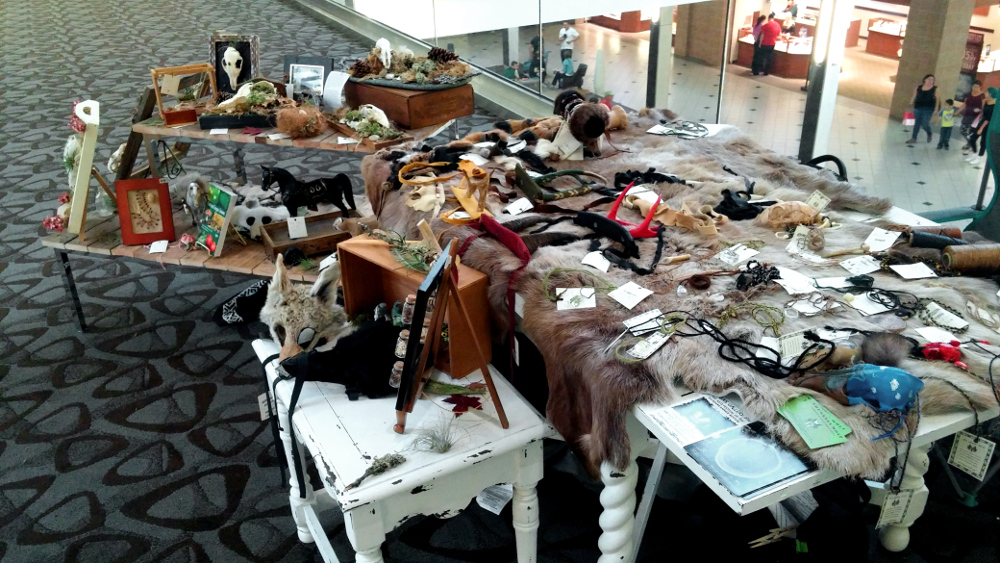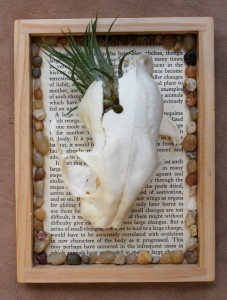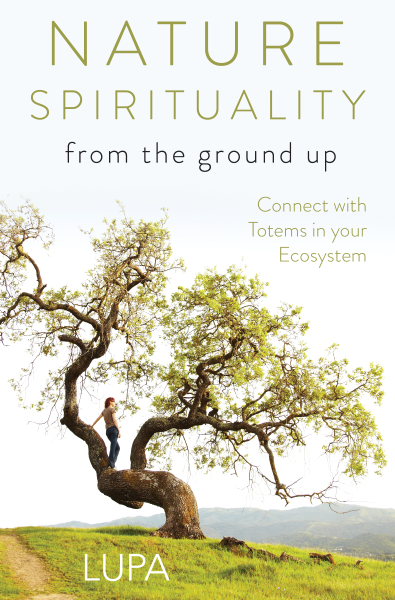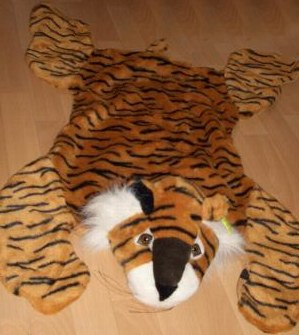(Apologies for the potato picture–all I had with me on my trip was my phone, which gets cranky when I make it go zoom.)
I learned a valuable lesson earlier this week: if I choose to plan a solo writing retreat within view of the coast, my wordcount will invariably suffer as I repeatedly escape the confines of my cottage to go run around the beach. I tried really, really hard to stay focused on the manuscripts I was pummeling into shape, but when I’m doing so with a huge picture window looking out onto the surf and a long stretch of sand, my breaks become longer, more frequent, and usually involve getting my Chuck Taylors soaked in salt water.
It’s not as though I wasn’t in good company. Along with the usual collection of locals taking their dogs for mid-week walks and the occasional late-season retiree, I met the likes of harbor seals, loons, cormorants, sandhoppers and bull kelp. See? I wasn’t the only one with a good idea!
Of course, like any neighborhood the Oregon coast has its fair share of drama. Seagulls are all too frequently at the center of it, too. These birds have a poor reputation because of their pilfering habits and tendency to feed on anything handy, up to and including garbage. Truth be told, we should admire them for their ability to boldly adapt to the changes we’ve wrought upon their historic homes–what other animal is bold enough to swoop right in and snatch food out of a much larger animal’s grasp? They’re smarter than we give them credit for, too; they’ve figured out that stamping their feet at the water’s edge will bring up tasty little creatures to eat, and will drop shellfish onto rocks to break them open.
The other secret to their success is their utter shamelessness. Young birds of all species will vociferously clamor for food as soon as either parent is within hearing range. Gulls don’t give up their begging habit once they leave the nest; indeed, it’s common to see the brown-feathered juveniles chase their harried parents about, making high-pitched whining sounds until the older bird either serves up something to eat or flies away in frustration. By this time of year the adults are just about fed up with their freeloading offspring, but some of the juveniles aren’t quite ready to give up their meal ticket.
I ran across one such overburdened parent, a Western gull, on one of my walks this week. Since gulls as a general rule aren’t sexually dimorphic, I can’t say for sure whether this one was Mom or Dad. But she had the frazzled-bordering-on-burned-out look of a mother whose squalling young had been begging for checkout-aisle candy for hours after they’d gotten home (“BUT MOOOOOOMMMMM WHYYYYYYYYYYYY?”), so I’m going with Mombird. I shall in turn dub her two young from this year Galactus and Shai-Hulud for their respectively enormous appetites.
Mombird and her fellow gulls spend their days seeing what the ocean kicks up onto shore. Some of it is inedible, like rocks and driftwood. However, the surf may also coast in a few small, stingless jellyfish or a cracked mussel ripe for the picking. This time around, Mombird managed to score most of a dead crab, to include half a set of legs dangling by a few threads. Even better–the kids were far off in the distance, so she hurried further upshore to enjoy her dinner.
Of course, no sooner did she dig in than the crack of beak against shell alerted Galactus and Shai-Hulud to the fact that MOMBIRD WAS EATING WITHOUT THEM. Galactus, the further-off of the two, soared in confidently like a vulture to carrion, while Shai-Hulud lolloped awkwardly down the beach on rubber-shoe feet, her head held low so as to give the impression that no, she had no bad intentions whatsoever, really! I could almost hear Mombird’s defeated sigh as the kids closed in.
Still, she couldn’t keep feeding them forever, and so she made a break for a little cliff of sand, about knee-high, fifteen feet or so away. Unfortunately for Mombird, her prize was large and heavy enough that she wasn’t able to easily take flight on this windless afternoon, and so she was reduced to scooting across the sand with shortened steps, trying to keep the dangling crab from tripping her, and playing a desperate game of keep-away with her ever-ravenous young, who were now flanking her on either side.
Miraculously, Mombird managed to get to the cliff with the crab more or less intact. It wasn’t much of a defense, but any port in a storm, right? All she had to do was hop up onto higher ground and she’d have the upper wing! She approached the cliff at a slightly faster stumble, flapped her wings hopefully, reached her bill out to fling the crab upward–and the edge of the cliff gave way beneath the additional weight. Wings, crab legs and all slid down the little slope as she futilely attempted to regain her ground, sand flying in all directions, young gulls squeaking angrily–
–and then Shai-Hulud had a lucky break. Mombird’s flailings put the crab’s legs just within reach. The opportunistic juvenile snatched the legs right off the carcass, and she lumbered off in as hasty a retreat as her pudgy body could manage. This left Mombird contending with Galactus, who seemed to not notice his sister had made off with half the prize. Despite his classy flight in, this bird was a little less adept in snatching away food, and Mombird easily shouldered him away before stalking off to eat what was left of the crab.
Galactus must have noticed Mombird’s hostile glower as she dug in, for he kept a wide berth. Instead, he went and hassled his sister, who had carried the crab legs to the edge of the surf. Flapping his wings madly and screeching at her, he caused her to drop the food and threatningly fluff her feathers and make likely insulting noises at him. Neither one noticed until it was too late that the water washing around their ankles dragged the hard-won crab legs back into the ocean.
They didn’t even have a chance to think about hassling Mombird for the rest of her food before she shot them the look that youngsters of all species know quite well. I think I may have just witnessed the day two young gulls got kicked out of the nest for good.
Like this:
Like Loading...

